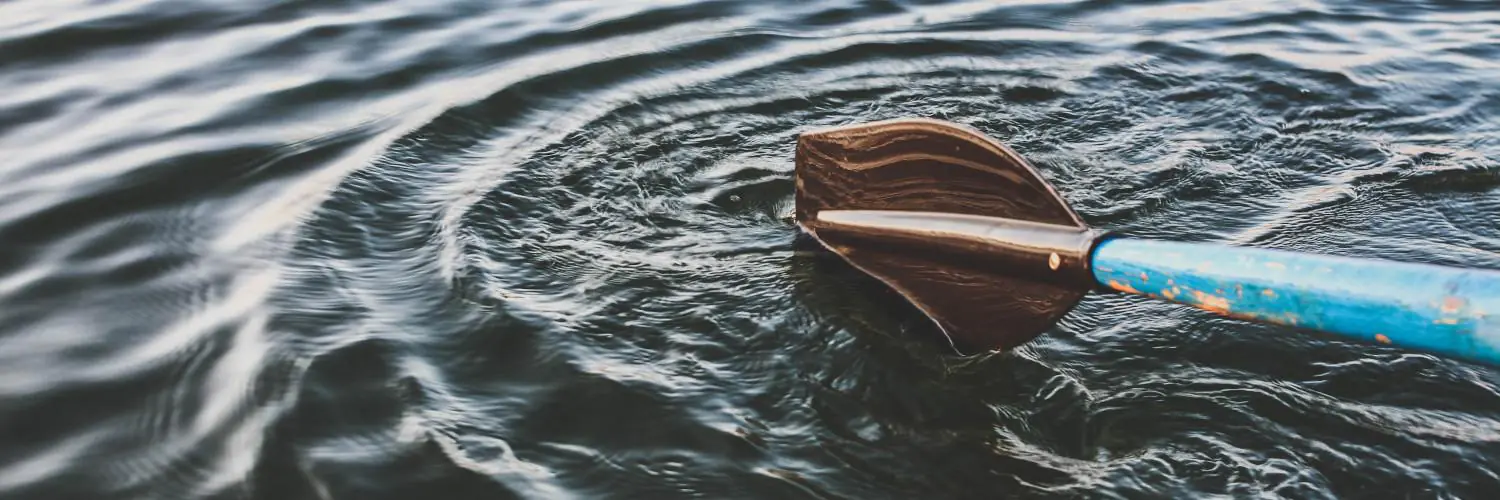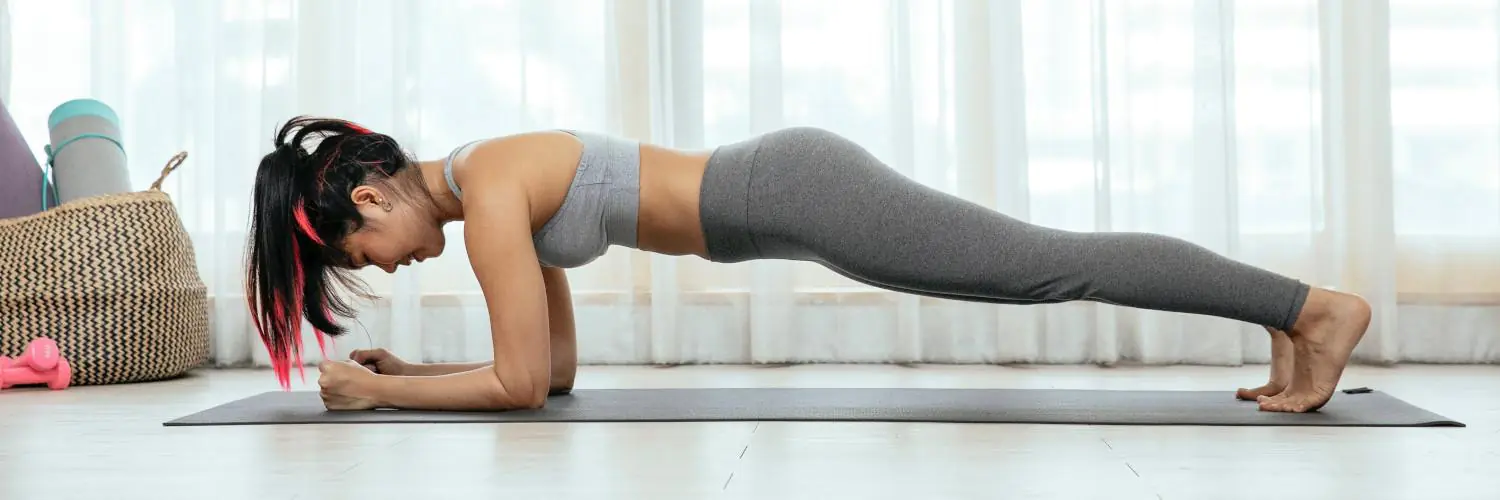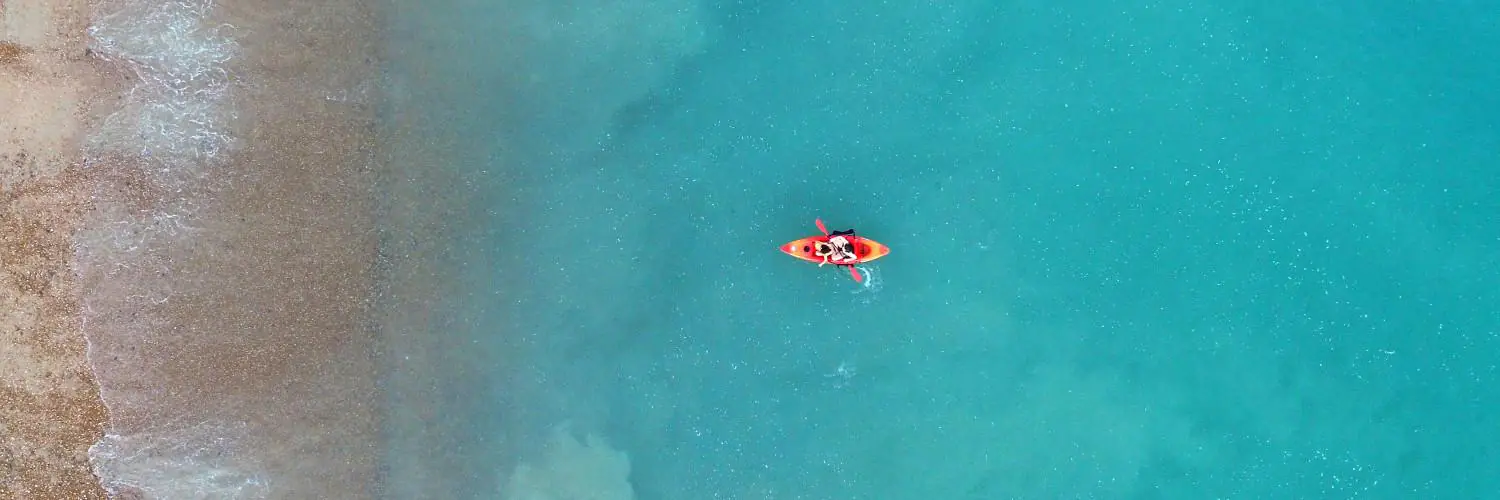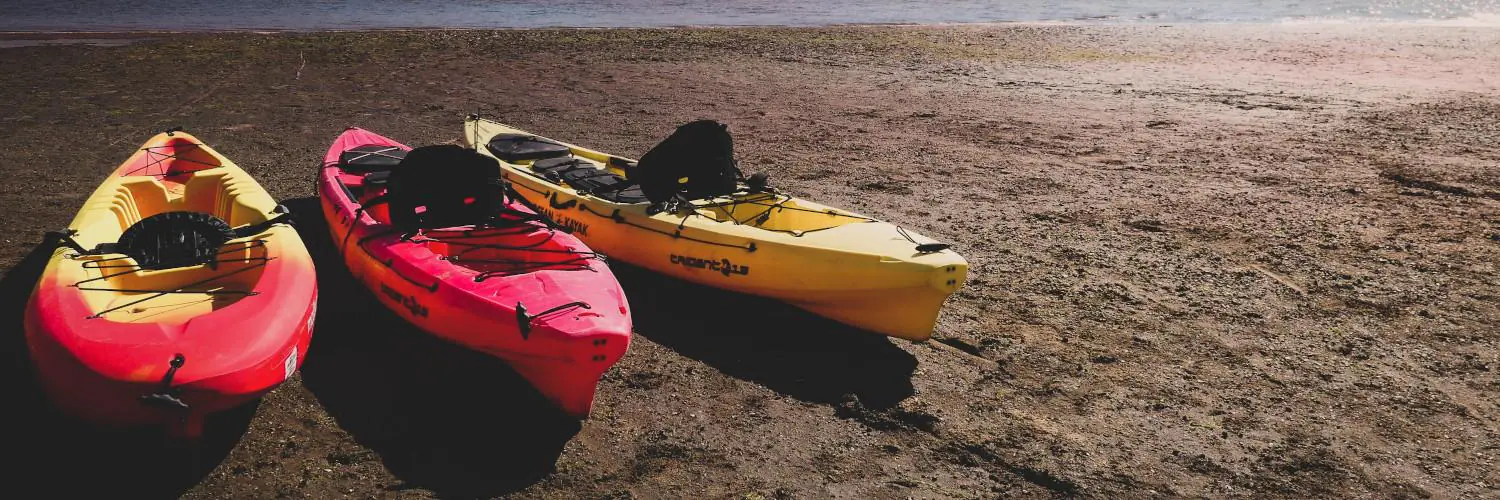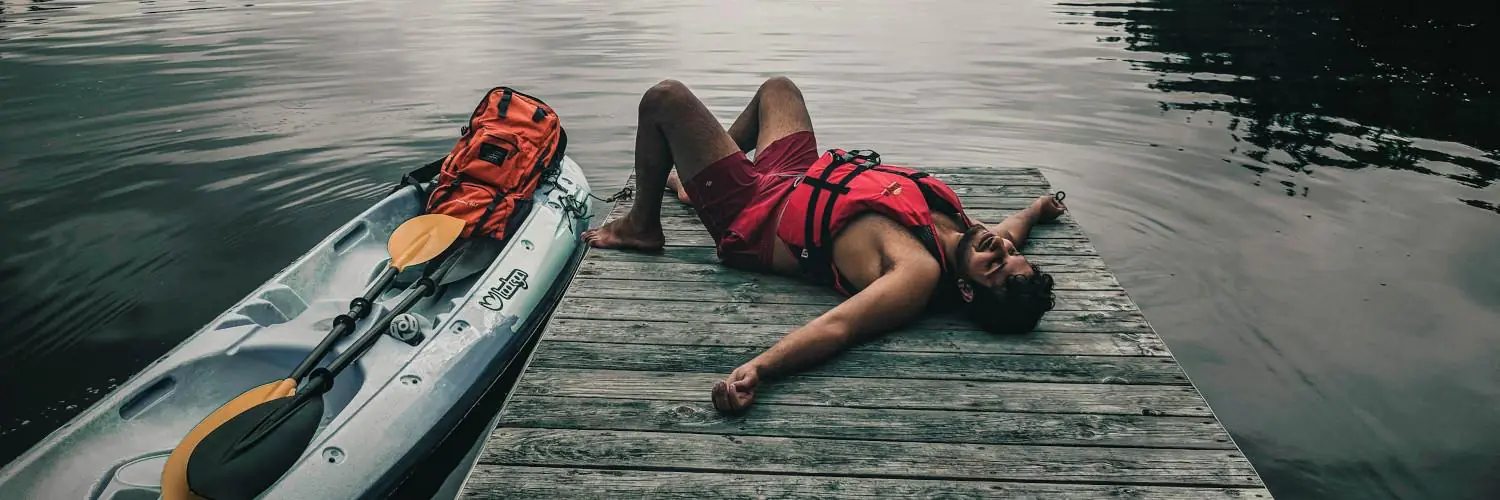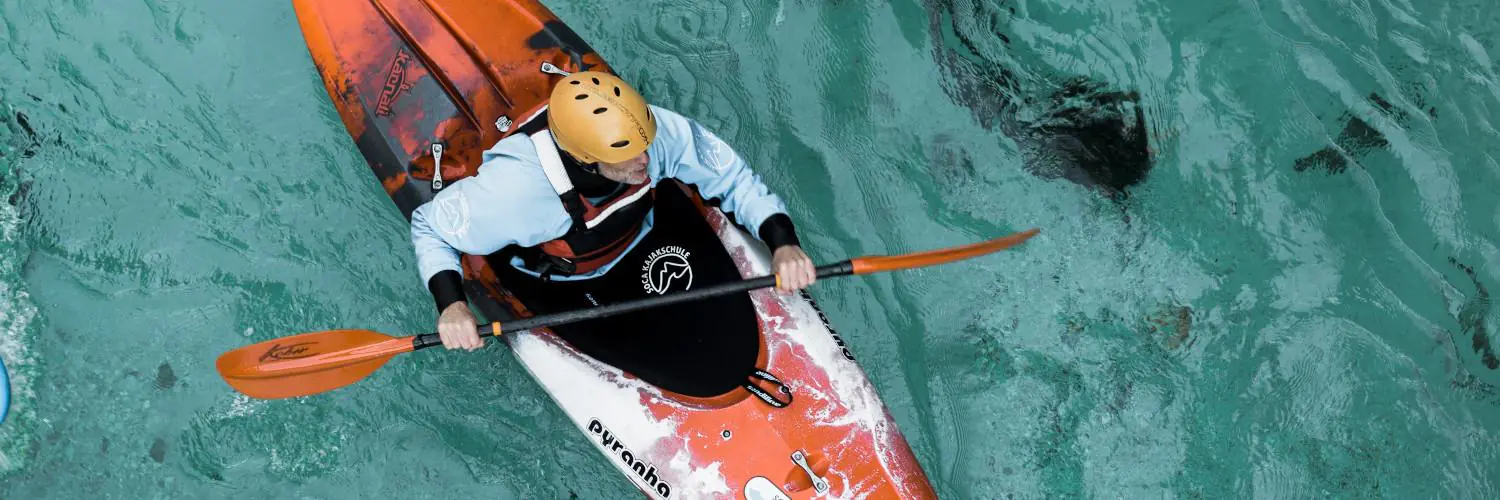Whitewater kayaking is an exciting sport that demands both skill and physical fitness. To excel on the rapids, paddlers need to build strength, endurance, and agility. A well-designed exercise program can boost kayaking performance and reduce the risk of injuries.
Effective kayak workouts focus on core strength, upper body power, and cardiovascular fitness. Exercises like planks, rotational movements, and paddle-specific resistance training help kayakers develop the muscles needed for strong, efficient strokes. Building endurance through activities like swimming or running can also improve stamina on long paddling trips.
Balance and flexibility are key for navigating rough waters. Yoga and stability ball exercises can enhance a kayaker’s ability to maintain control in challenging conditions. By incorporating these elements into their training, paddlers can prepare their bodies for the demands of whitewater kayaking and enjoy safer, more thrilling adventures on the river.
Table of Contents
Fundamentals of Whitewater Kayaking Fitness
Whitewater kayaking demands a unique blend of physical skills. Core strength, flexibility, and stability form the foundation for success on the water.
Importance of Core Strength
Core muscles play a key role in whitewater kayaking. A strong core helps paddlers maintain balance and control in rough waters. It also aids in generating power for strokes and rolls.
Exercises like planks and Russian twists can boost core strength. Kayakers should focus on moves that target the abs, obliques, and lower back.
Paddling strength comes from the core, not just the arms. A solid core allows for more efficient paddling and reduces the risk of injury.
Balancing Flexibility and Stability
Flexibility and stability work together in whitewater kayaking. Flexible muscles help paddlers move freely and respond quickly to changing water conditions. Stable joints provide a strong base for powerful strokes.
Yoga can improve both flexibility and balance. Poses like the warrior series and tree pose are good choices for kayakers.
Strength training with exercises like squats and lunges builds stability. This helps paddlers brace against currents and waves.
A mix of stretching and strength work prepares the body for the demands of whitewater. Regular practice of both leads to better performance on the river.
Essential Strength Training Exercises
Strength training is key for whitewater kayakers. It builds power and endurance for paddling rough waters. These exercises target the main muscle groups used in kayaking.
Upper Body Workouts
Pull-ups boost arm and back strength. They work the muscles used for paddling strokes. Aim for 3 sets of 8-12 reps.
Push-ups build chest and shoulder muscles. These help with bracing and rolling. Do 3 sets of 10-15 reps.
The overhead press targets shoulder muscles. It aids in high braces and extended paddle strokes. Use dumbbells or a barbell. Perform 3 sets of 8-10 reps.
Dumbbell rows work the back muscles. These muscles are vital for powerful forward strokes. Do 3 sets of 10-12 reps on each side.
Lower Body Regimen
Squats strengthen legs and core. Strong legs help with boat control and exiting. Do 3 sets of 10-12 reps.
Deadlifts work the entire posterior chain. This exercise builds overall strength for kayaking. Start with 3 sets of 8-10 reps.
Lunges improve balance and leg strength. They help with moving in and out of the kayak. Perform 3 sets of 10 reps per leg.
Calf raises boost ankle strength. This aids in foot bracing inside the kayak. Do 3 sets of 15-20 reps.
Full Body Dynamics
Kettlebell swings work multiple muscle groups. They mimic the motion of paddling strokes. Do 3 sets of 15-20 reps.
Burpees build full-body strength and endurance. This exercise boosts overall kayaking fitness. Aim for 3 sets of 10-15 reps.
Planks strengthen the core. A strong core is crucial for balance and power transfer. Hold for 30-60 seconds, repeat 3 times.
Turkish get-ups improve stability and coordination. These skills are key for whitewater kayaking. Do 5-8 reps per side.
Paddling-Specific Training
Paddling-specific training builds the skills and strength needed for effective kayaking. It focuses on proper stroke technique and targeted drills to improve efficiency on the water.
Stroke Technique and Efficiency
Good stroke technique is key for kayaking power and endurance. The forward stroke starts with the paddle blade fully submerged near the feet. Push with the top hand while pulling with the bottom hand. Rotate the torso to engage core muscles.
Keep arms mostly straight, using larger muscle groups. The stroke should feel smooth and fluid. Practice proper form on dry land first using a paddle or broomstick.
Work on maintaining good posture in the kayak. Sit up straight with feet braced. This helps transfer power from the legs and core to the paddle.
Targeted Paddling Drills
Drills help refine paddling skills. Try paddling with eyes closed to improve balance and feel. Practice quick start sprints to build acceleration. Do figure-8 patterns to work on turning.
Single-arm paddling builds strength on each side. Paddle backwards to work different muscles. Use a metronome app to practice consistent stroke timing.
On-water interval training boosts paddling fitness. Alternate between 1 minute of hard paddling and 1 minute easy. Start with 5 rounds and add more as fitness improves.
Slalom courses with buoys or natural obstacles sharpen maneuvering skills. Time yourself and try to improve with each run.
Injury Prevention and Mobility
Staying safe and flexible is key for whitewater kayakers. Smart exercises and stretches can help paddlers avoid injuries and move better on the water.
Stretching and Recovery
Stretching is vital for kayakers. Focus on the lower back, shoulders, and hamstrings. These areas get a lot of use while paddling.
Try these stretches:
- Cat-cow pose for the back
- Arm circles for shoulders
- Seated forward fold for hamstrings
Hold each stretch for 30 seconds. Do them before and after paddling. This helps muscles stay loose and cuts injury risk.
Don’t forget to rest between kayaking trips. Give your body time to heal and get stronger.
Enhancing Joint Mobility
Good joint mobility lets kayakers move freely in their boats. It helps with paddle strokes and rolling.
Try these exercises:
- Shoulder rotations
- Hip circles
- Ankle rolls
Do 10-15 reps of each, twice a day. These moves keep joints happy and ready for action.
Add yoga to your routine. It’s great for overall mobility. Poses like downward dog and warrior stretch many muscles at once.
Remember, slow and steady wins the race. Don’t push too hard. Listen to your body and stop if you feel pain.
Developing an Effective Training Plan
A good training plan helps kayakers build strength and endurance for whitewater paddling. It includes a mix of exercises and schedules workouts to improve fitness over time.
Building a Periodized Exercise Schedule
A periodized schedule divides training into phases. Start with a base phase to build overall fitness. Do aerobic exercises like running or swimming 3-4 times a week for 30-45 minutes. Add 2-3 strength workouts using bodyweight moves or light weights.
Next comes a build phase to boost muscular endurance. Increase workout intensity and add kayak-specific exercises. Try kayak ergometer sessions or resistance band paddling motions. Do 3-4 high-rep strength circuits per week.
The peak phase prepares for whitewater season. Include intense interval training to mimic paddling bursts. Do 1-2 long endurance sessions weekly. Taper workouts 1-2 weeks before big kayaking trips.
Consulting with a Personal Trainer
A trainer can create a custom plan for kayaking goals. They assess fitness levels and design safe, effective workouts. Trainers teach proper form for exercises to prevent injuries.
Look for a trainer with experience in paddling or other water sports. They can suggest kayak-specific moves to target key muscle groups. A trainer also provides motivation and accountability.
Meet with the trainer to discuss kayaking abilities and goals. Be clear about time available for training. The trainer can then build a realistic plan fitting your schedule and needs.


